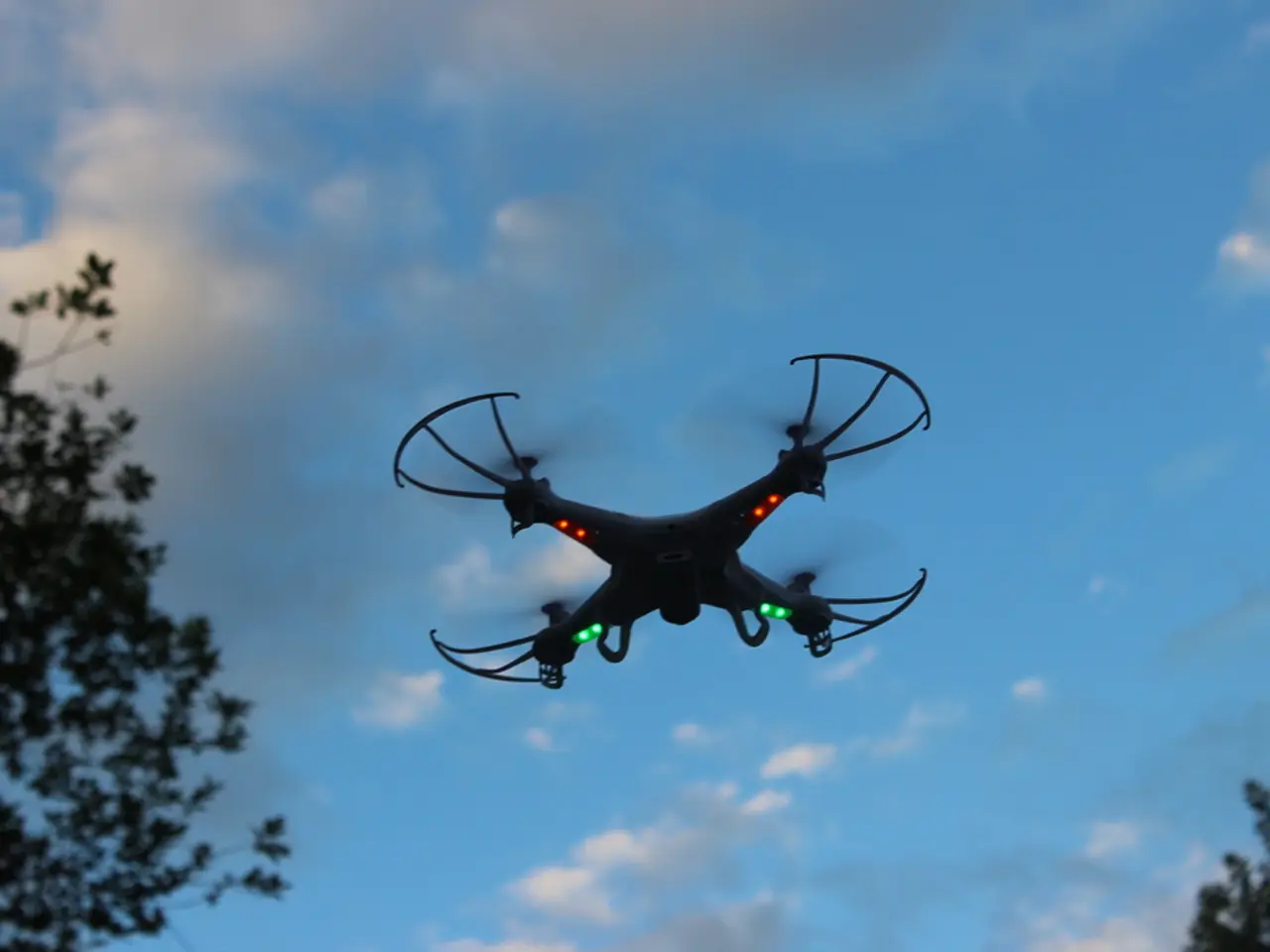Upcoming Changes in American Drone Legislation
In the rapidly evolving world of drone technology, advancements in autonomous navigation, collision avoidance systems, and communication links are set to revolutionise the way drones operate. These advancements are likely to influence future regulations, potentially leading to more relaxed restrictions on operations like Beyond Visual Line of Sight (BVLOS) and flights over people.
As drone technology continues to progress, regulations will need to adapt to accommodate Advanced Air Mobility (AAM) operations, including passenger-carrying drones (eVTOLs). The focus will be on creating an adaptive regulatory framework that can evolve with technological advancements, balancing innovation and safety.
Global harmonisation of drone regulations is another key priority, aimed at facilitating international operations and commerce. Tech giants like NVIDIA, Amazon, Tesla, and a vibrant startup scene are actively advocating for more flexible and supportive drone regulations in the USA to advance AI and robotics technologies, increase productivity, and enhance innovation, including military applications and logistics.
Privacy protections will also be a significant focus in future drone regulations as drone usage becomes more widespread. Stricter rules on data collection and storage, requirements for obtaining consent before capturing images or videos, and enhanced transparency about how drone data is used are expected to be implemented.
The landscape of drone regulations in the U.S. is evolving to focus on enhancing safety, integrating new technologies, and expanding operational capabilities. The Federal Aviation Administration (FAA) is likely to develop guidelines for the certification and oversight of autonomous drone systems. Unmanned Aircraft System Traffic Management (UTM) systems are being developed to manage drone traffic in low-altitude airspace.
The FAA is expected to expand BVLOS operations to support commercial applications like long-distance delivery and infrastructure inspections. As detect-and-avoid technology advances, regulatory frameworks will likely incorporate requirements for these systems to enhance safety during BVLOS operations and in densely populated areas.
Infrastructure development, such as vertiports for AAM and UTM systems, will be crucial for widespread drone operations and will need to be integrated into existing urban landscapes and airspace management systems. Urban Air Mobility (UAM), including the use of passenger drones and air taxis, is set to revolutionise transportation in urban areas. Future drone regulations will need to address the integration of UAM into existing air traffic management systems, establish safety and certification standards for new types of aircraft, and develop infrastructure such as vertiports.
Building public acceptance and trust in drone technology will be essential for its widespread adoption. Transparent regulatory processes, effective communication of safety measures, and community engagement will play a vital role. Advocacy groups focused on public safety and privacy are calling for regulations that address the potential risks associated with widespread drone use, including ensuring robust privacy protections, enforcing safety standards, and implementing measures to prevent misuse.
The implementation of Remote ID will continue to evolve, with potential enhancements to tracking and identification systems to improve situational awareness and security. The FAA is expected to further relax restrictions on night operations and flights over people, provided that drones are equipped with appropriate safety features.
Collaboration between the FAA and other regulatory bodies, privacy advocacy groups, and industry groups like the Association for Unmanned Vehicle Systems International (AUVSI) and the Small UAV Coalition will be crucial in shaping future drone regulations. Together, they aim to foster innovation, commercial growth, and ensure the safe and responsible integration of drone technology into our lives.








